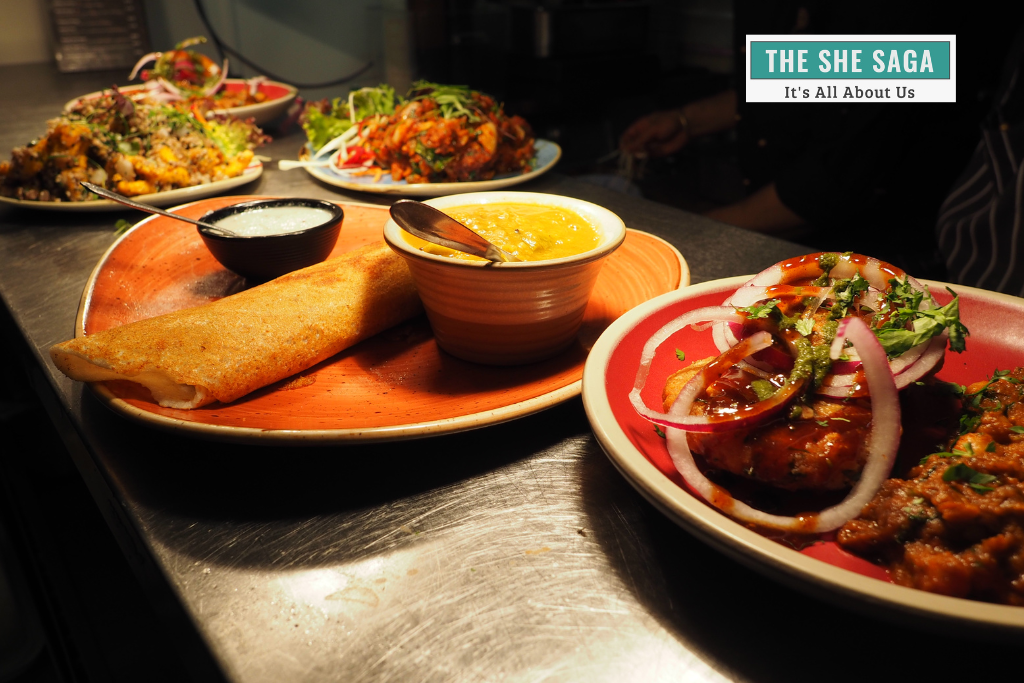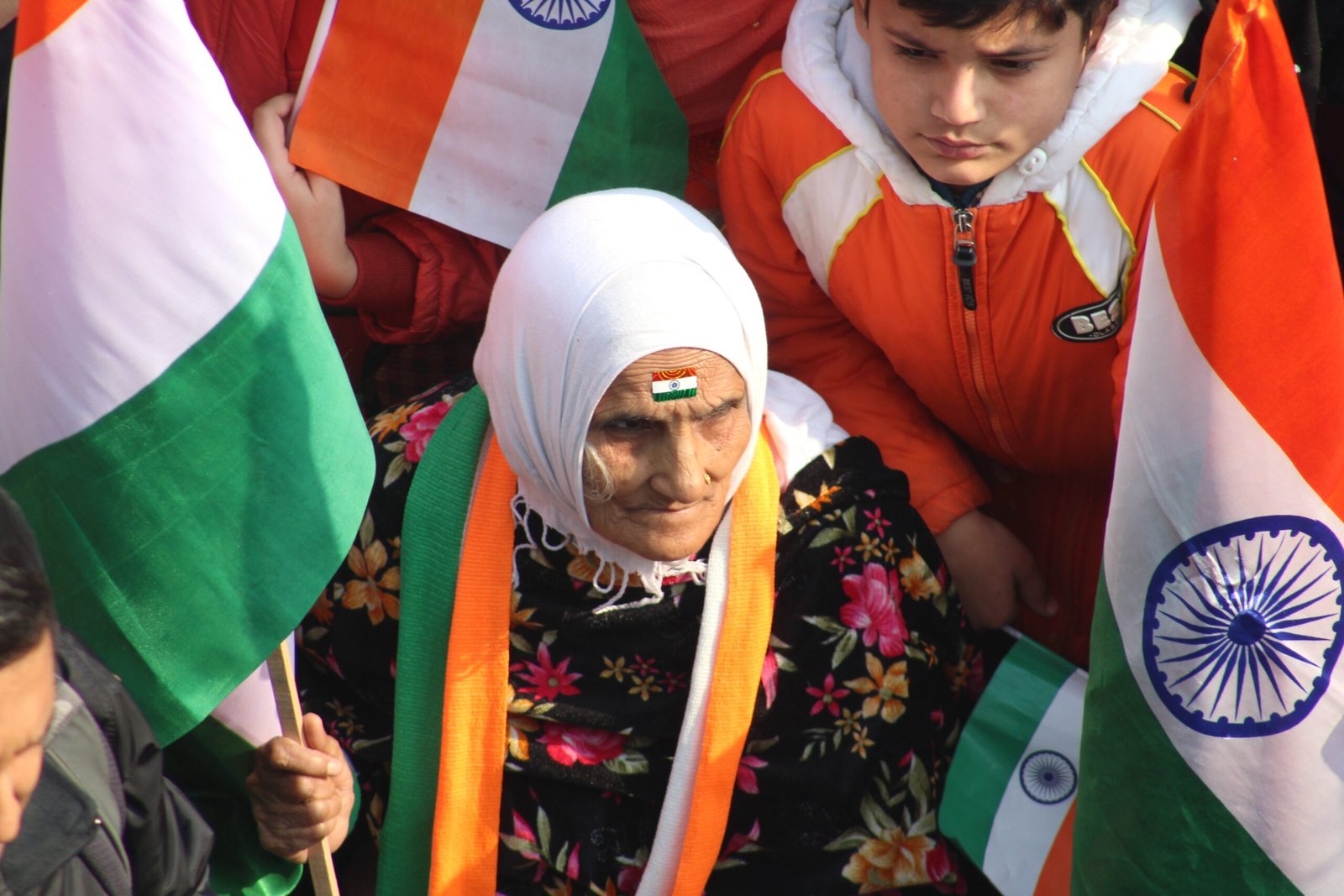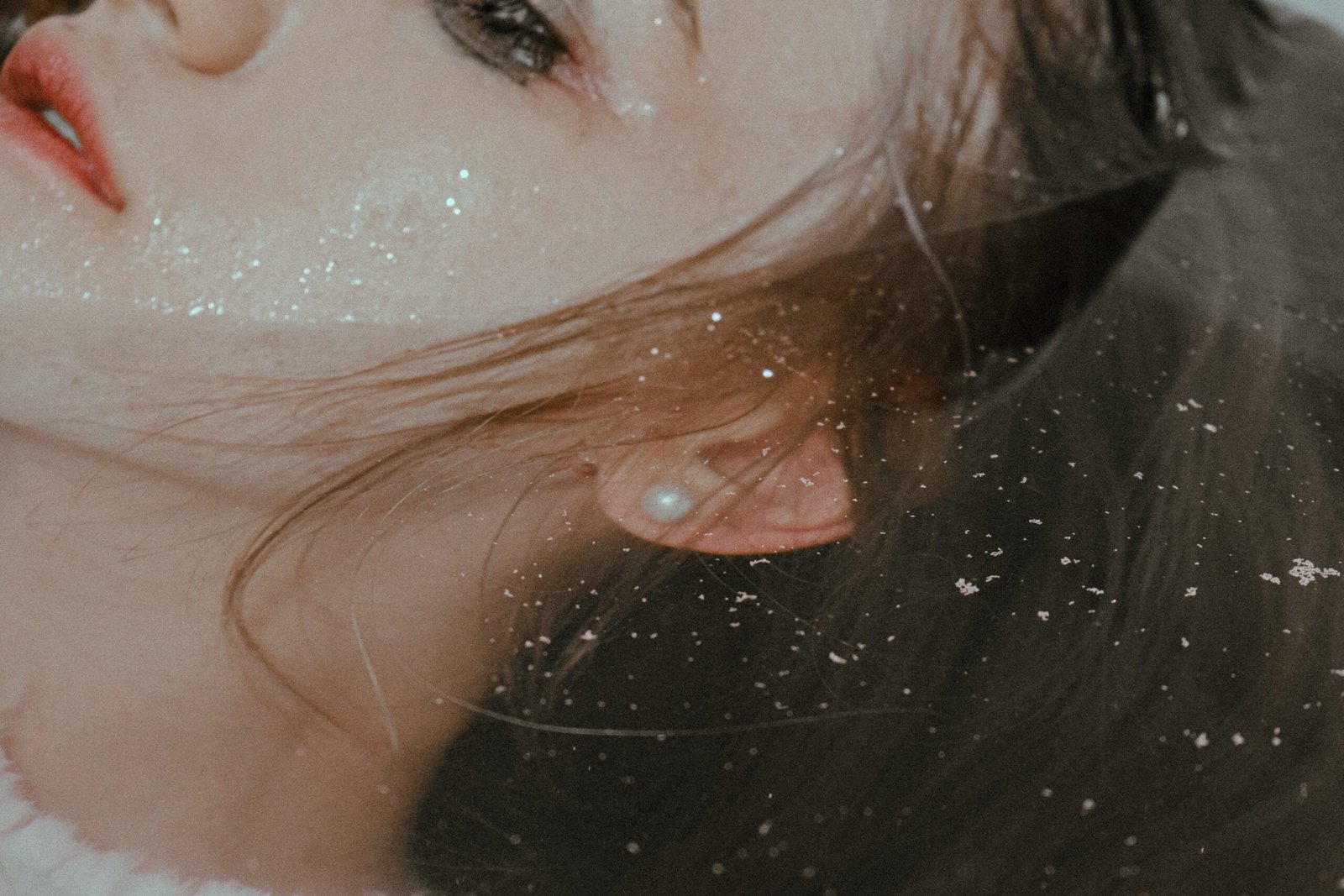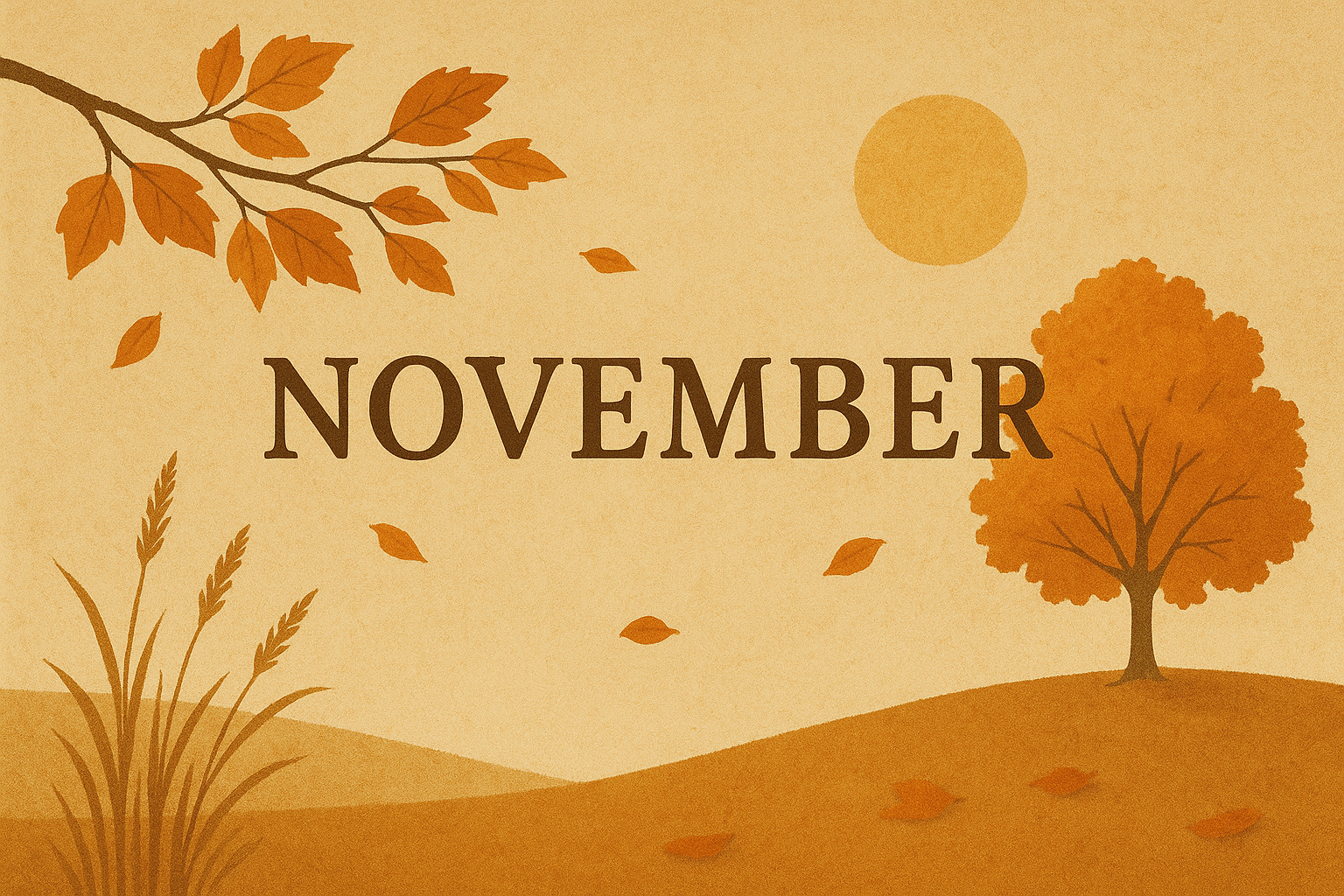“Tapur Tupur Bristi Ar Chanchal Mon” – the pitter-patter of rains and a restless Bengali soul – waiting to be wetted with petrichor, memories, samosas, payajis (onion pakoras), aloor chops (potato chops) and muri (puffed rice), the drops splattering on the tin sheds and the constant drumming that ensues and a lazy look at the darkened sky out of the grilled windows.
An afternoon of occupying the favourite cosy corner of the house with a hot cup of ‘Chai’ tea and a favourite novel with the softly playing songs of Rabindranath Tagore and Kazi Nazrul Islam. No Bengali can deny the deep emotional, cultural, and symbolic significance for Bengalis that has been shaped since by the region’s climate, literature, music, and lifestyle.

The romanticism subtly melting into a strange sort of melancholy through the favourite poetry and songs that evoke longing, separation, love and introspection — all at the same time. As we listen to ‘Sawana Gagane Ghor Ghanaghata’ in the voice of the eternal singing maestro the never-fading voice of Lata Mangeshkar or the powerful modern artist Lopamudra Ghosh we get lost in the rhythm of the song and the rain sounds. Sometimes we resist braving the fresh drops and at other times we give in drenching our mind, soul and body. Rains seem to bring out the deepest emotions and play with our mind and thoughts.
Nostalgia does not just end here – the small paper boats that we used to release in the narrow muddy rain water flows and watch them as far as we could until the paper got wet and boats capsized, the sharing of the umbrellas while returning from school when we got wet half and half, the slushy rain water accumulated in the school shoes, the bare feet stunts as we spread our wet shoes under the whirring fans of the classroom, ‘Ma er heather khichuri’ the khichri cooked by Ma with a piece of ‘ilish mach bhaja’ a piece of fried Hilsa, a Bong delicacy and ‘begun bhaja’ aubergine fries, the list can go on and on.

Rains signify rejoicing, a temporary relief from the sultry, humid perspiration and spells an eternal joy for the farmers. It means water for a booking kharif crop. The ponds and lakes fill to the brim. The freshness echoes everywhere in nature. The trees look bathed and bright green. The blue sky gets the feathered touch of fluffy white clouds.
The two months ashad and sraban are the rainy months in the Bengali calendar. Festivals like Rath Yatra and ‘rather mela’, a fair held on the occasion of the festival of Rath yatra celebrate monsoon and usher in joy of festivities and monsoon rituals.
Rains have been an eternal inspiration to singers, poets and film-makers. When we think of rain in our solitary hours, it is befuddled muddle of emotional ruckus. We think of so many different things, all at one time.
— The sensuous Raveena Tandon with ‘Tip Tip Barsa Paani’ in wet yellow saree clinging to her curves whetting the appetite of the then young Akshay Kumar.
— The young and innocent looking Aamir Khan and Neelam engaged in rain-romance with “Tiptip Tiptip Baarish Shuru Ho Gayee”.
— We also think of Hemanata Mukhopadhay’s resonating “Ei Meghla Dine Akla, Ghore Thake Na To Mon” “Kache Jabo Kobe Pabo Ogo Tomar Nimontron” – The poet addresses the beloved and sings that his heart refuses to follow boundations in this cloudy day and he yearns to be near her and waits for an invitation for an intimacy. The layers of love, the ones expressed and the ones sublty camouflaged have been identified as the highest form of romance.
We think of Satyajit Ray’s Pather Panchali released in 1955 where rains powerfully symbolises both beauty and tragedy. The famous scene where Apu and Durga run through a field during a downpour is visually stunning but ushers in the tragedy of Durga’s impending death. We bathe in the glory of the innocence, freedom and the fragility of life that the rains effectively portray.
Ritwik Ghatak’s evergreen Meghe Dhaka Tara (Stars Obscured by Dark Clouds) of 1960 reflect the inner turmoil of the protagonist, Nita through its very title. We feel the melancholy, struggle and societal pressure of the protagonist through the rain imagery.
Modern Bengali director Rituparno Ghosh in Titli (Butterfly) released in 2002 uses rain to symbolise a moody, introspective atmosphere that is suited to the theme of the movie and the emotional turmoil ensuing out of teenage curiosity, unspoken desires and mother-daughter dynamics.
Rain in a Bengali life is more than just an expression of nature, it is a sensory, emotional and cultural experience, enriched by floating memories, deep meaning and poetic resonance.
“Bristi pore tapur tupur node elo baan, Shib Tahkurer biye holo teen konye daan” – the childhood lines that were uttered so innocently now make us think twice at the hint of drowning feminism…but takes us through those unknown lands of half asleep children listening to their mothers reciting the rain song…

By Bidisha Dutta
An avid traveller and a lover of literature, Bidisha Dutta works as an Editor with a renowned publishing firm. . Writing and reading is her second nature, and she just cannot sit in peace without these. She can be reached at bidishadutta2000@gmail.com.














